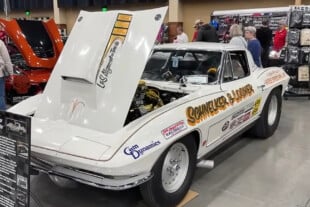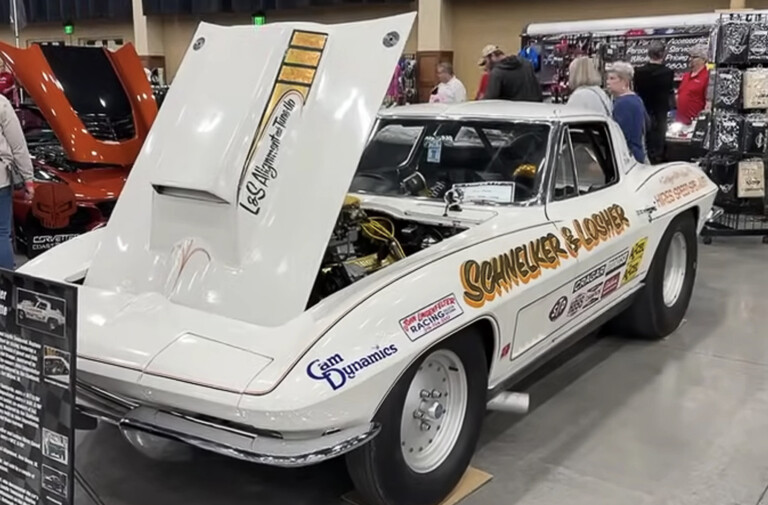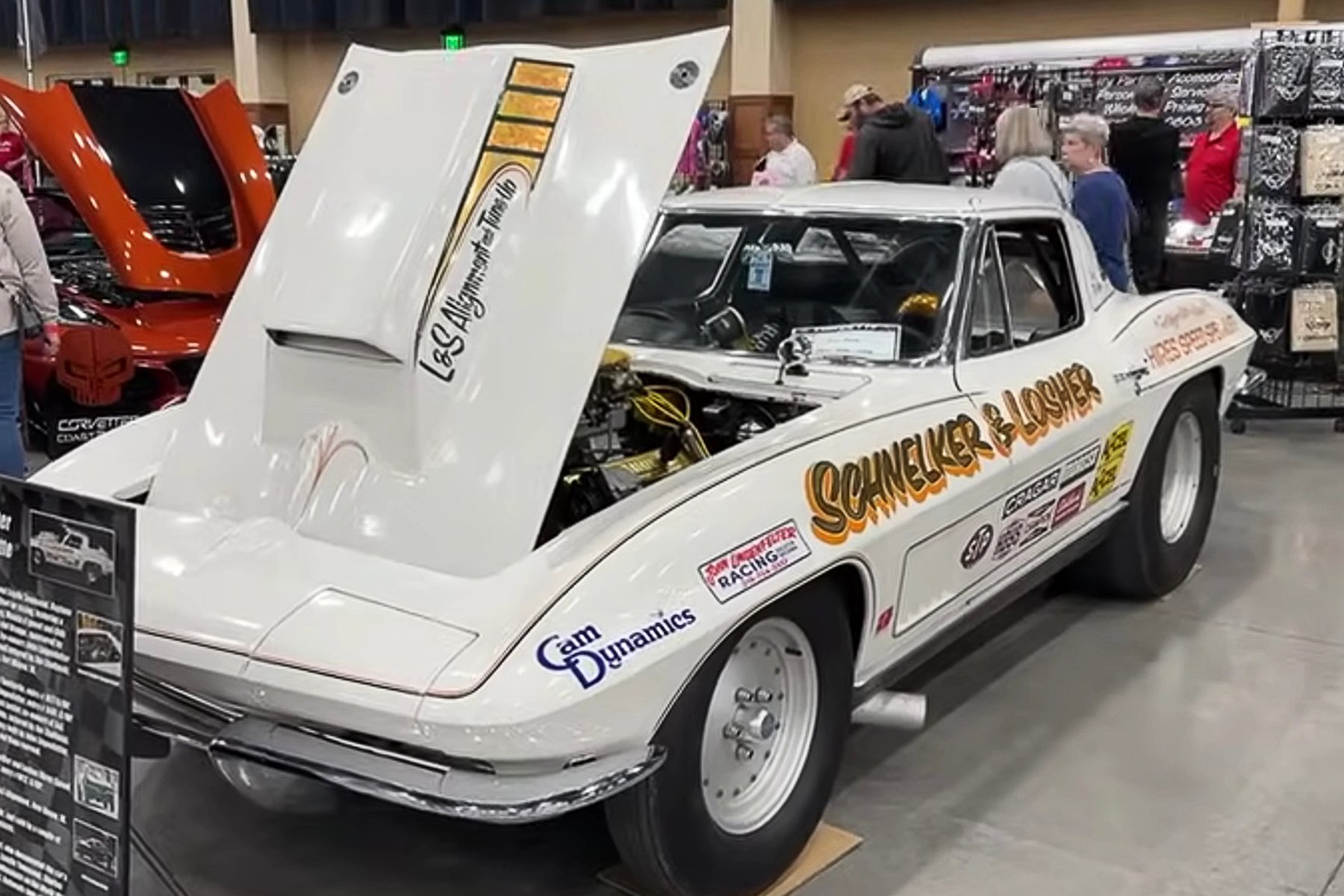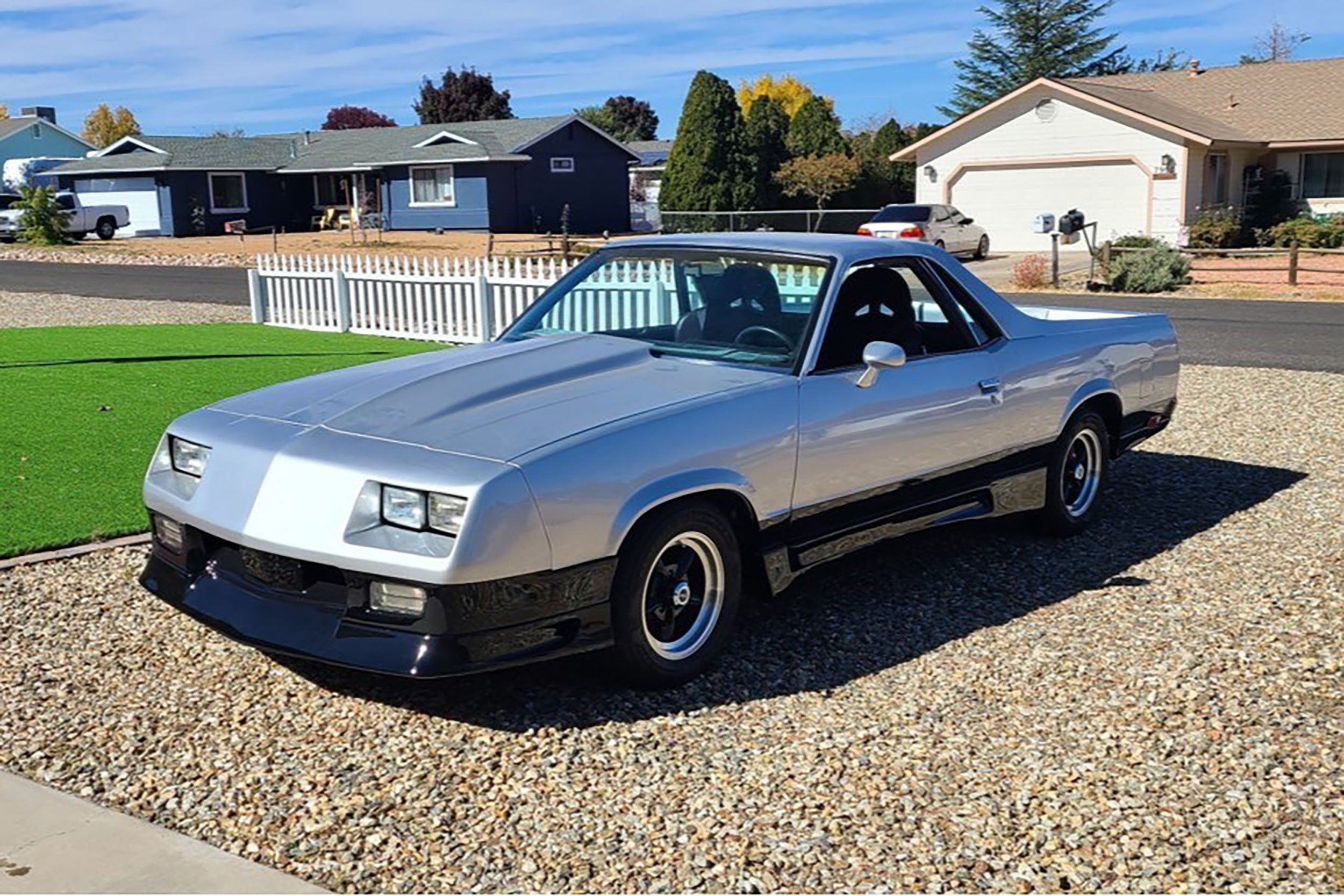
If you have bunch of rusty bolts or other small items that need to be cleaned, we show you a couple of ways to do so with household items.
Rust is something that every car enthusiast has to deal with. We have previously shown you different ways to repair and eliminate rust, one of them was with neutralizers, and the other was by cutting and welding. That’s great for large areas, but what do you do when you have bolts or other small pieces that you need to reuse? Achieving a quality restoration requires paying attention to details, and many times, those details mean using the correct bolts and fasteners for the correct purpose. But, how do you remove rust from a bolt? Would you believe the answer to that question might be in your kitchen?
Not only is vinegar good for cooking things, but it can also be used as a way to remove rust. Acid, specifically Citric or Acetic acid, is a great way to remove rust. Vinegar contains Acetic acid, so using it is a great way to clean small removable parts, like bolts and other fasteners. Vinegar is roughly 3 to 9 percent Acetic acid by volume, making it the main active ingredient of vinegar.
Let’s say, you have some rusty bolts that need to be cleaned. Place the bolts in a container, and then pour vinegar into the container. You need to pour enough vinegar (we hear that Apple Cider Vinegar works best) into your container so the bolts are submerged. Keep in mind, this will not be a speedy process. It takes time for the acid in the vinegar to begin dissolving and removing the rust.
We have found that it typically takes at least a day or more — depending on the rust — to clean heavily-rusted bolts. It also helps to shake the container now and then to keep the vinegar active. After a few days of soaking, your bolts should be shiny and free from rust. If they’re not, submerge them in clean vinegar, and leave them for a bit longer so the acid gets more of a chance to do its work.

In this image, chicken wire is shown as the extra metal for the positive connection. The premise is the same as using sheetmetal.
Another way to remove light rust, is by using baking soda and a scrub brush. Although this method will probably not be as effective as the vinegar, it can serve as a cleaner for those parts that have minor surface rust, or as a final wash for parts that have been soaked in vinegar. To begin with, you will need to make a paste using the baking soda and water. The paste should be thick enough that it doesn’t run, but not be crumbly. Once you’ve made the paste, apply it to the rusted area, allow it to set for a couple of hours, and then scrub it with the brush.
Another way to remove rust is to give it an electric shock. Electrolysis is a method of removing rust, by passing a small electrical charge from a battery or battery charger through the rusty metal. This electrical charge stimulates an exchange of ions, while the part is submerged in an electrolyte solution.
For this to work you’ll need a container large enough to soak the rusty part, a piece of steel large enough to set in the container and not be completely submerged (sheetmetal works fine), Arm and Hammer Washing Soda, and a battery charger. The metal used must not be galvanized.
Mix a solution of 2 1/2 gallons of water to 1/4 to 3/8-cup of your washing soda in your container. Next, place your piece of sheetmetal in your bucket so that part of it is in the liquid, and a clean, rust free portion reaches above the bucket. Ultimately, the sheetmetal must not touch the part(s) to be cleaned. Connect the negative terminal of the battery charger to the piece to be cleaned, and place it into the solution. The cleaning process works best if the metal is suspended in the solution, and not setting on the bottom of the container. Whatever you do, make sure the piece being cleaned does not touch the sheetmetal.  Now connect the positive terminal of the battery charger to the sheetmetal. Keep the positive terminal connector above the water.
Now connect the positive terminal of the battery charger to the sheetmetal. Keep the positive terminal connector above the water.
After the terminals are connected, turn on the battery charger. After an hour or so, you should be able see the electrolysis start working. Allow the part(s) to soak overnight. In the morning, unplug the charger, disconnect the terminals, and have a look at the results. If the rust isn’t completely removed, reconnect the charger and let your part(s) soak a little longer.
Cleaning rust from small parts is simple, but just make sure you’re not in a hurry, as these methods can take a while.
Safety Precautions:
- Make sure battery charger does not come in contact with water.
- Hydrogen will burn explosively if ignited. All flames, cigarettes, torches, etc. must be removed from the area, and sparks caused by touching the leads together must be avoided. The work should be performed outside or in a well ventilated area to remove these gases safely.
- Washing soda solutions are alkaline based, and will irritate the skin and eyes. Use eye protection and gloves. Immediately wash off any solution spilled or splashed onto your body.
Do you know of other ways to remove rust? Let us know in the comments section, that way we can all help each other.


















